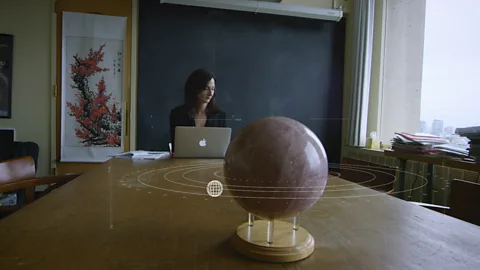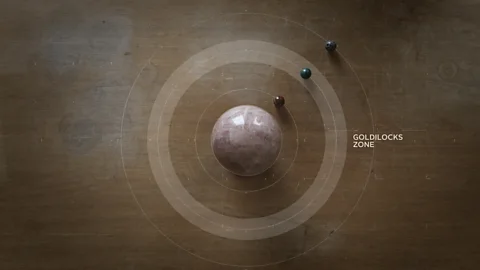If alien life exists on exoplanets, how would we know?

Astrophysicist Sara Seager believes she has a way to reveal the biological secrets of a ‘second Earth’ – watch the video above to see how.
Staring at the twinkling stars in the night sky, it’s easy to forget that those faint, distant lights are all suns. And, just like the fiery orb blazing away at the centre of our Solar System, those suns may have orbiting planets.
“We think there are upwards of hundreds of billions of planets in our galaxy alone,” says astrophysicist Sara Seager. She is a born explorer, dedicating her life to the hunt for exoplanets far, far away with Earth-like conditions that could harbour life.
But how will we ever know what planets outside the Solar System might support life? It’s not like we can zoom in to the surface to look – the distance is simply too great – and if an alien species wasn’t intelligent, it wouldn’t be broadcasting either.
Seager, however, believes she has a way to spot biological signatures on exoplanets – and it involves a giant flower-shaped spacecraft capable of blocking out the light of an entire star. Watch the video above to see what it takes to achieve this seemingly impossible task.



The video above is part of a series called The Genius Behind: The most amazing and sometimes little known technological and scientific breakthroughs of modern times, and the innovative minds behind them.
